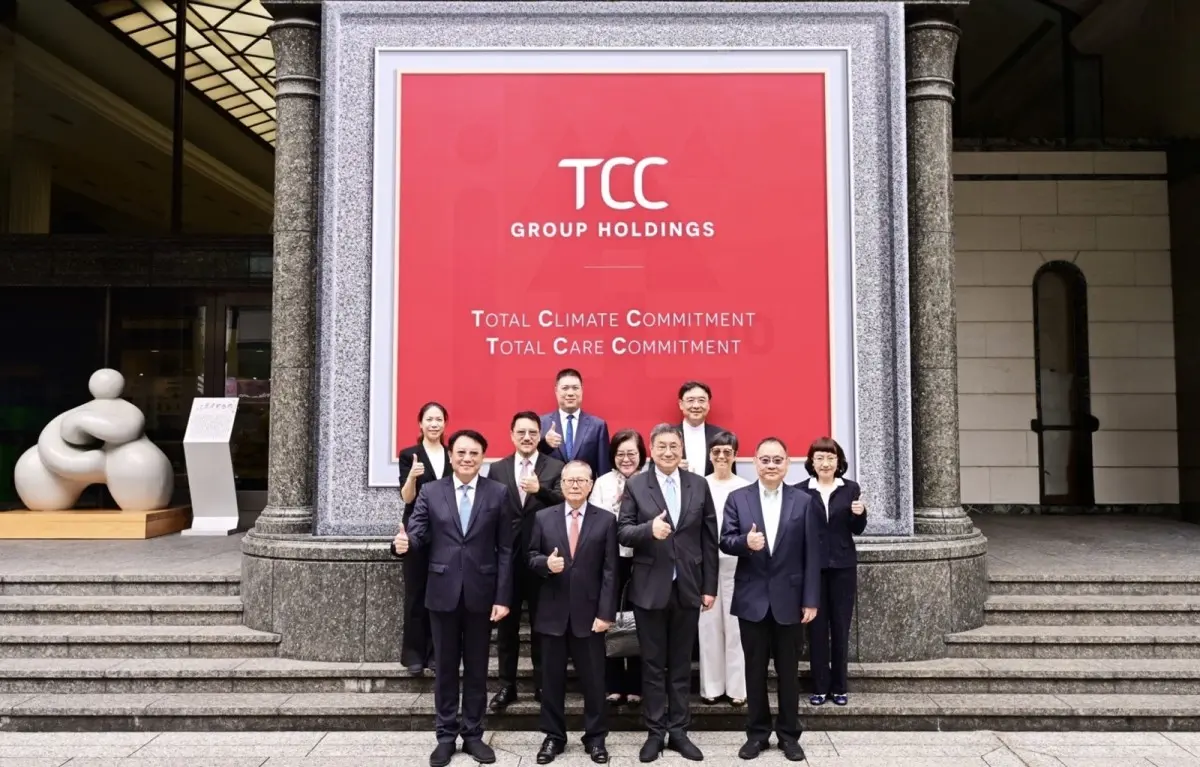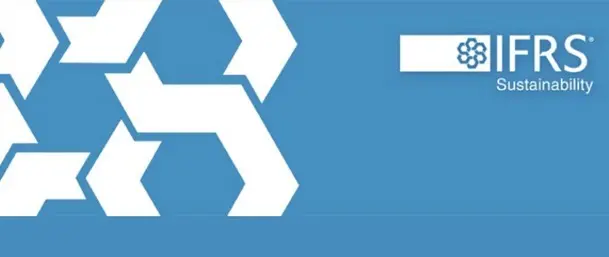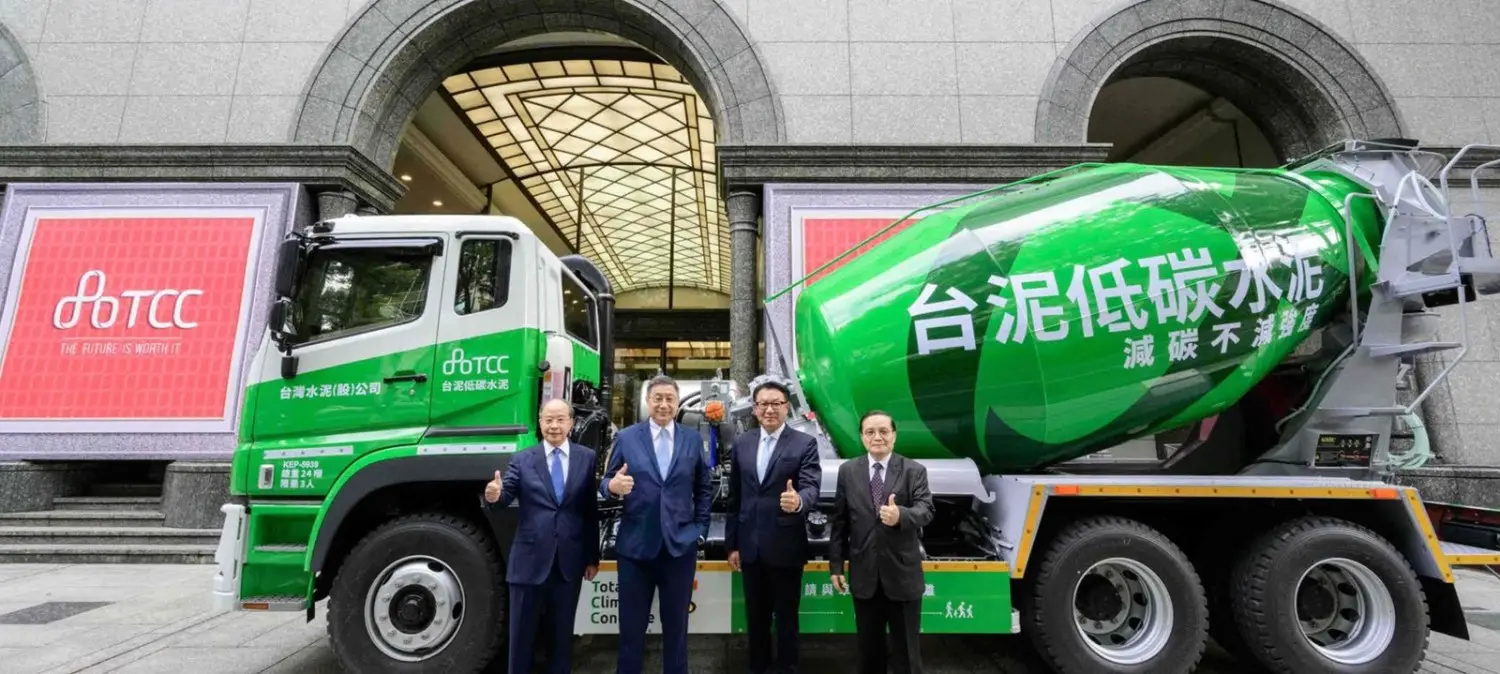Want to reduce carbon emissions? Want sustainability? You can't do without BESS virtual power plants
- Home
- Sustainable E-newsletter
- Want to reduce carbon emissions? Want sustainability? You can't do without BESS virtual power plants
Environmental 2024 Vol.02
Want to reduce carbon emissions? Want sustainability? You can't do without BESS virtual power plants
- #Virtual Power Plant
-
Share
Most people think, "Isn't energy storage just a battery, storing electricity like a water tower stores water? How can it reduce carbon emissions?" Indeed, energy storage is not a product that can directly reduce carbon emissions. However, for the grid side (Taiwan Power Company) or electricity users who want to reduce carbon emissions, such as the technology industry, commercial buildings, and factories, energy storage plays a crucial role in the development of low-carbon cities.
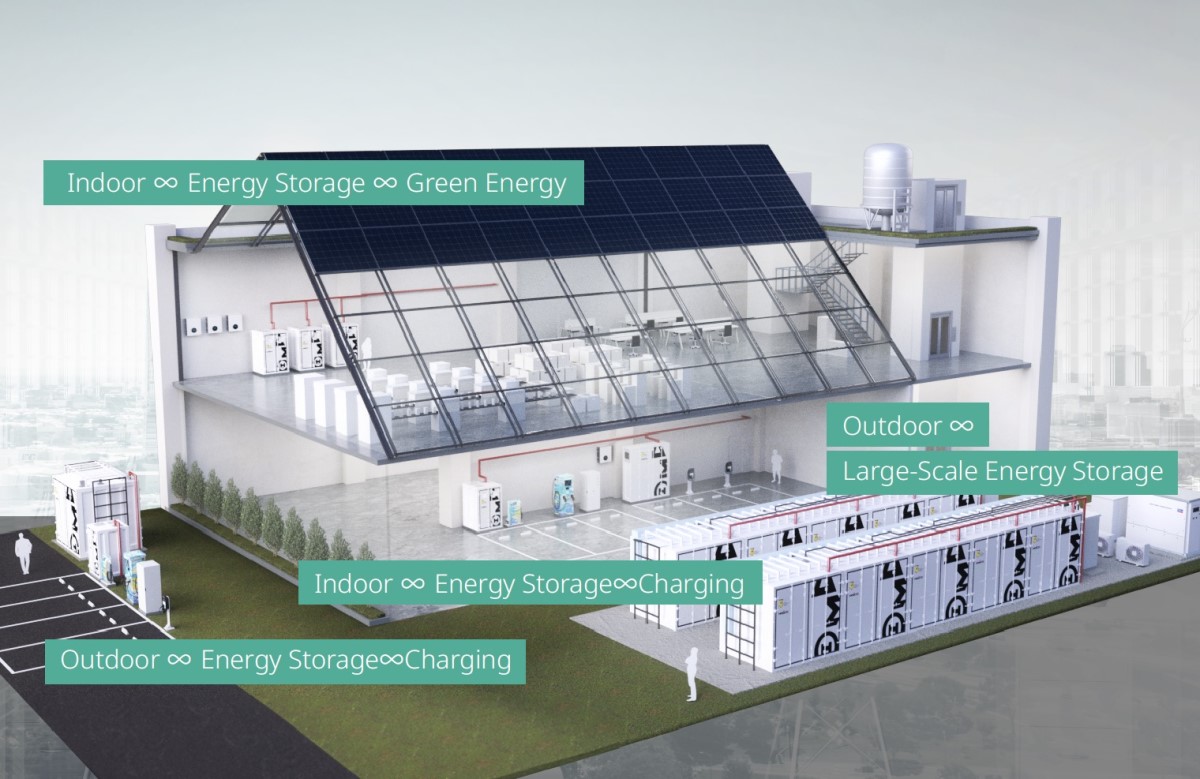
Take the grid side as an example: In the past, when Taiwan mainly relied on thermal power , Taiwan Power Company would use gas turbine for peak load and adjust the grid frequency to stabilize the grid. As the proportion of renewable energy in the grid increases, more frequency adjustment units are needed to address the fluctuation of intermittent renewable energy generation. Therefore, deploying "front of meter energy storage" can replace and reduce the power units for peak loads that Taiwan Power Company needs to build, achieving a lower proportion of high carbon emission power units on the grid side. Currently, the main source of renewable energy in Taiwan is solar power, which generates more green electricity during the day. This electricity needs to be stored in energy storage cabinets and then discharged during the night peak to reduce the probability of increasing night peak loads and restarting more thermal power units.
Large corporations often consider using green electricity or switching to electric vehicles in their carbon reduction paths. This trend has led to rapid changes in energy usage. The proportion of renewable energy in power grids and the ratio of EV vehicles are increasing worldwide, bringing up the issue of the intermittent generation characteristics of renewable energy and the instantaneous high power of EV charging, which will directly impact on regional power grids.

Taking the TCC Group Holdings headquarter building as an example, the instantaneous electricity use can be up to 1MW. If there is no energy storage supported, and 100% solar power has been used, there will be no any solar power during the evening after sunset, which means the grid needs to generate an additional 1MW of electricity for the TCC building. If there are 1,000 buildings like TCC, it would require 1GW of electricity, which is a significant load for the grid. This assumption cab be also applied to electric vehicle charging. Supposedly if there are four Tesla Model 3 electric cars at the TCC building using a 240kW fast charger simultaneously, it would use up to the building's instantaneous electricity; in the future, when most cars in the city are replaced into electric vehicles, and 100 electric cars are using slow chargers at the same time, it would be equivalent to the electricity use of one TCC building. However, the resilience of power grids in various countries has not yet prepared to cope with these rapid changes in energy use.
Behind-the-Meter Energy Storage Applications
When users deploy "behind-the-meter energy storage," the concept's like a virtual power plant, with multiple functions and application scenarios to help solve electricity problems below:
▍Help smooth the generation curve of renewable energy, easing the supply gap during night peaks. |
▍During high-power charging of electric vehicles, energy storage discharges instantaneously, helping users avoid drawing more power from the grid, easing grid impact, and preventing exceeding the power contract capacity. |
▍By storing off-peak electricity and discharging during peak times, it can reduce electricity costs. |
▍Engage in behind-the-meter electricity trading, acting as a virtual power plant. |
▍Serve as emergency backup power. |
Taking TCC's subsidiary, Molie Quantum Energy Corporation, as an example, NHOA.TCC has installed an energy storage system making Molie Quantum Energy Corporation as a virtual power plant. It charges slowly during off-peak times and discharges during peak times or when production is at full capacity, helping the Molie Quantum Energy Corporation not only save on increasing electricity fees at peak flow and but also avoid the need to apply for the contract capacity required when production is at full capacity, saving on basic electricity fees.

During daily times, such in-plant energy storage system can also participate in Taiwan Power Company's behind-the-meter electricity trading platform, providing timely power to stabilize the grid whenever Taiwan Power Company experiences a sudden shortage of electricity or grid accidents. For example, during the strong earthquake in Hualien on April 3 this year, NHOA.TCC's Energy Storage Management System (EMS) controlled the Molie Quantum Energy Corporation 's energy storage to immediately supply power to Taiwan Power Company in less than one second, providing at least 15 minutes of response time for the grid.
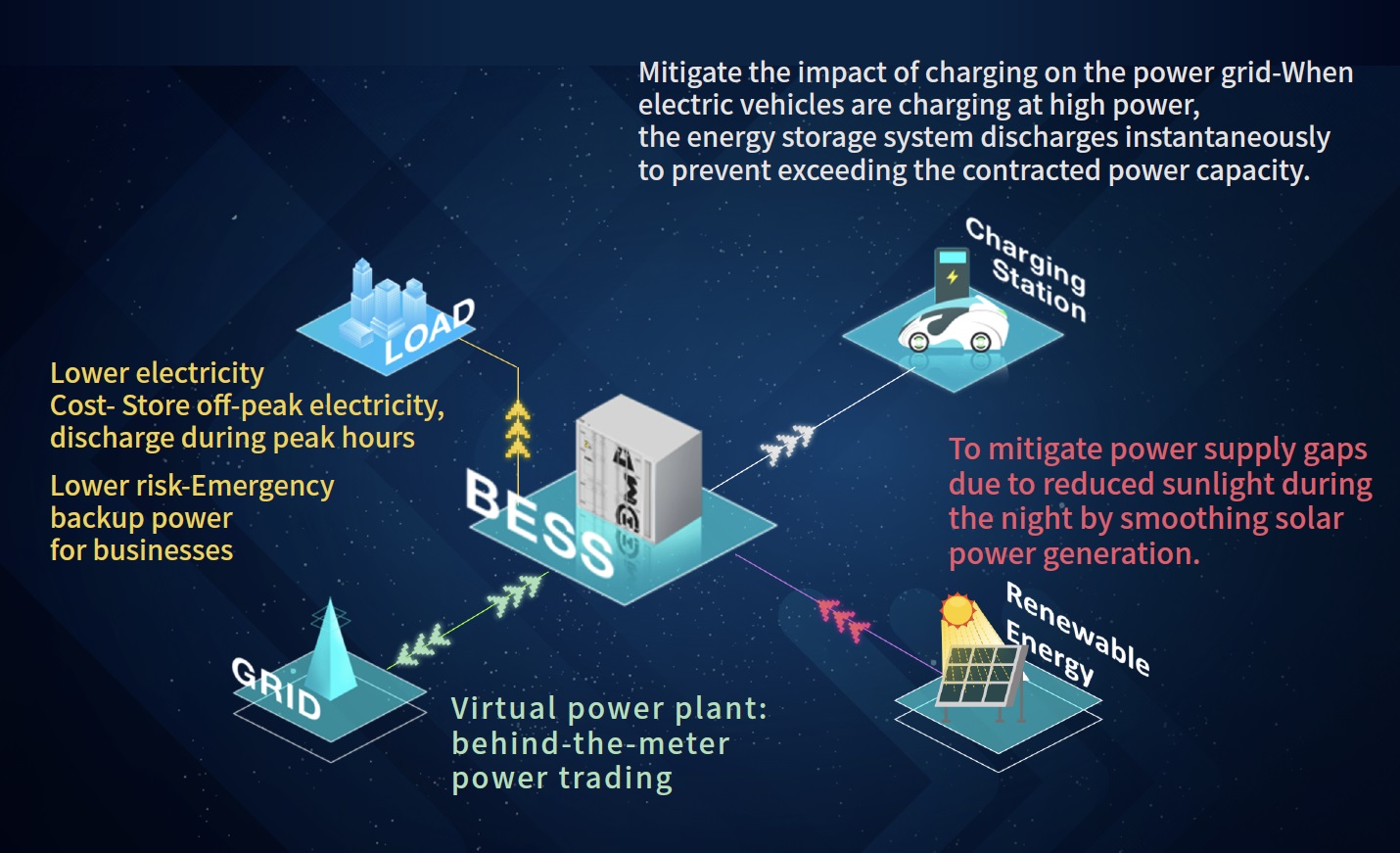
On April 3, 2024, during the strong earthquake in Hualien, Taiwan Power Company notified energy storage operators of tight power supply. At that moment, the Molie Quantum Energy Corporation 's energy storage system instantly released 4MW of electricity to the factory side, reducing the factory's electricity use from 7MW to 3MW instantly. For the grid, a reduction of 4MW in electricity use by users is equivalent to Taiwan Power Company being able to start an additional power unit to generate 4MW. The concept of reducing electricity use on the grid side is the essence of a virtual power plant.
NHOA.TCC and another TCC subsidiary, Energy Helper TCC Corporation, are committed to developing behind-the-meter energy storage systems, providing customers with virtual power plant services. With multifunctional energy storage systems, they help customers achieve RE100 and EV100 goals, stabilize regional power grids, and serve as emergency backup power during sudden power outages. The key issue in deploying energy storage on the user side has always been "safety." Therefore, TCC has developed the EnergyArk cement energy storage cabinet made of Ultra-High Performance Concrete (UHPC) to ensure fire prevention and extinguishing capabilities. This breakthrough product in the technology industry, commercial building basements, and factories has become a unique flagship energy product that is not fear of any emergencies, allowing customers to confidently walk the path of net-zero carbon reduction.
You may also like
TCC GROUP HOLDINGS
SUSTAINABLE E-NEWSLETTER.







